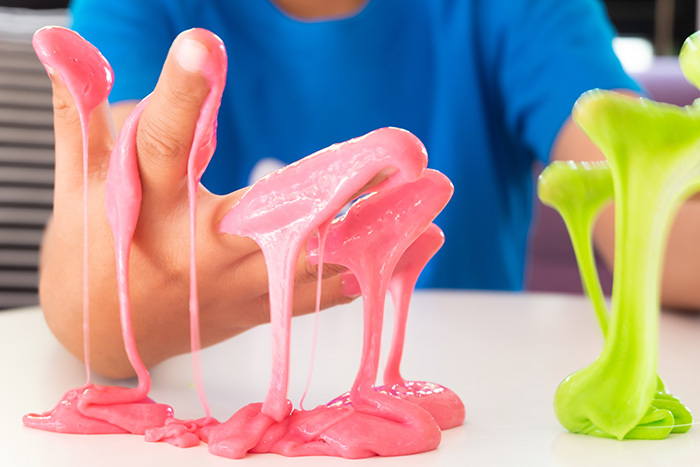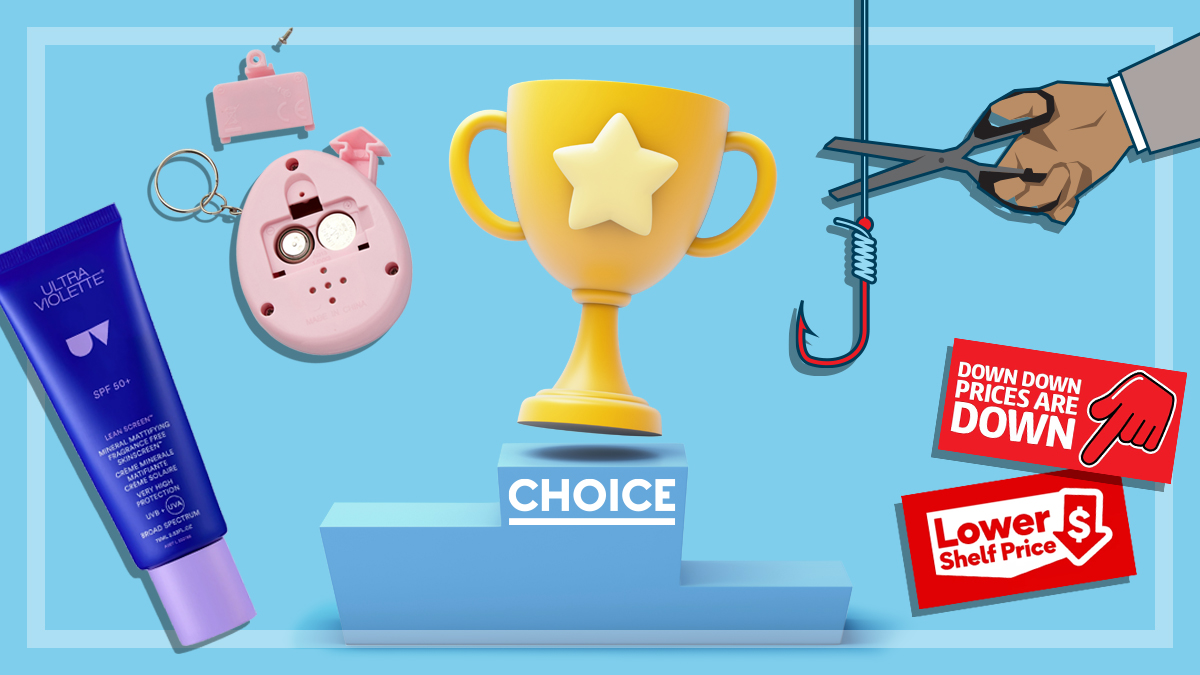Get our independent lab tests, expert reviews and honest advice.
Consumer product safety in the UK

Sue Davies is the Head of Consumer Protection and Food Policy, at Which?, the UK’s equivalent of CHOICE. In this editorial, she talks about how general safety laws – similar to those that CHOICE would like to see introduced here – work to protect UK citizens.
For Which?, the consumer rights framework is the backbone of everything we do. Since 1957, we’ve existed to make consumers more powerful and for us to succeed we need a consumer rights system that works.
This means a system that makes sure that consumers are protected from harm. And if things go wrong for consumers, we want companies to take responsibility and be held to account, rather than passing customers from pillar to post, or hiding behind the small print.
Our product safety safeguards are strong – but only on paper. While we have many of the laws and regulations in place, the enforcement system is struggling to keep people safe, highlighted by our campaign to make the government force Whirlpool into a recall of almost a million fire-risk tumble dryers.
How consumer product safety works in the UK
In the UK, it is illegal for producers to put unsafe consumer products on the market. This is set out in the General Product Safety Regulations 2005, which implemented the EU General Product Safety Directive, and is the fundamental basis of consumer product safety in the UK, along with the precautionary principle.
The general safety requirement in the regulations states clearly that “no producer shall place a product on the market unless it is a safe product”.
This requirement is important because it starts from a presumption of safety and legally, the onus is on producers to have to show how they know that their product is safe.

Proof of due diligence
And there are a range of ways that manufacturers can demonstrate how products are safe, including by referring to voluntary national standards, product safety codes of good practice in the relevant sector and reasonable consumer expectations concerning safety.
The regulations also apply the safety requirement to other important operators in the supply chain. For instance, if the producer is based outside the UK, it’s the importer that is responsible.
In the UK, it is illegal for producers to put unsafe consumer products on the market
The regulations also place requirements on distributors. This covers retailers and wholesalers who have to act with due care in order to ensure they comply with safety requirements. There are also obligations to remove products when they are found to be unsafe.
A “due diligence” defence is included within the legislation. In order for this to be applied successfully, the producer or distributor must show how they “took all reasonable steps and exercised all due diligence” to ensure the safety of the product.
Action not taken quickly enough
In practice, there are still some important gaps in protections. Which? has focused on reforming the product safety regime over the last few years because our testing has regularly uncovered unsafe products that are on sale – and our investigations have revealed that corrective action is not always taken quickly or effectively once a safety problem is identified. This has been very clearly demonstrated by a long-standing failure to deal effectively with fire-risk Whirlpool tumble dryers in the UK.
However, potentially the biggest threat to product safety in the UK relates to dangerous products being sold on online marketplaces, and it is here that the general product safety requirement falls down.
Potentially the biggest threat to product safety in the UK relates to dangerous products being sold online
Producers are covered, as are the sellers of the products – but online marketplaces, such as Amazon Marketplace, eBay and wish.com, are not covered and are not classed as distributors. The situation can also be complicated because the sellers and producers are often based outside the UK or EU, and in some cases, the marketplace can be too.
Recently adopted EU legislation has extended requirements on economic operators in sector-specific product safety legislation to fulfilment service providers, recognising their role in the supply chain relating to online marketplaces – but marketplaces remain exempt from any liability. The E-commerce directive states that they are only liable once they become aware of illegal content and then have to remove it ‘expeditiously’.
Which? has called for this to be urgently addressed. Since 2016, Which? has uncovered hundreds of listings on online marketplaces for dangerous products that have either failed their testing or been recalled. These include useless smoke and carbon monoxide alarms, dodgy electrical charging appliances and toxic toy slimes.
Independent regulator could help
The other main weakness in our product safety system is the enforcement regime that underpins the general safety and other legal requirements. This generally falls to local authorities, who have faced a succession of cuts. There isn’t an independent regulator responsible for product safety like the Australian Consumer and Competition Commission (ACCC).
As a result of Which? campaigning, the government has set up an Office for Product Safety and Standards which has given a greater central government focus to product safety. But the Office is based within the Department for Business, Energy and Industrial Strategy and has wider responsibilities, including overseeing the government’s deregulation agenda.
Which? is therefore continuing to campaign for a much stronger, independent and consumer-focused product safety regulator that can ensure that the regulatory framework is fit for the markets people now shop in – and that there is robust, independent challenge to support the essential general safety requirement and keep people safe from dangerous products.





